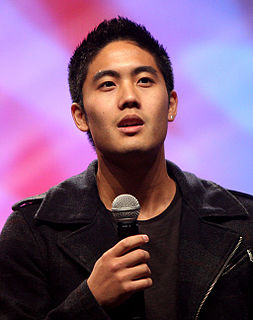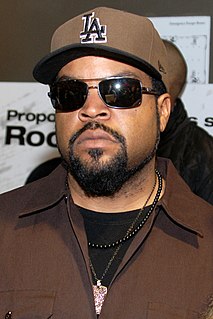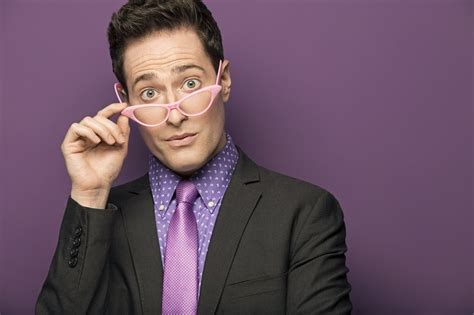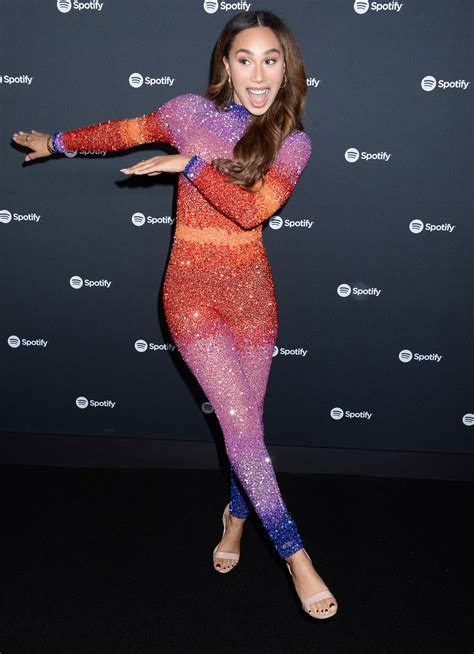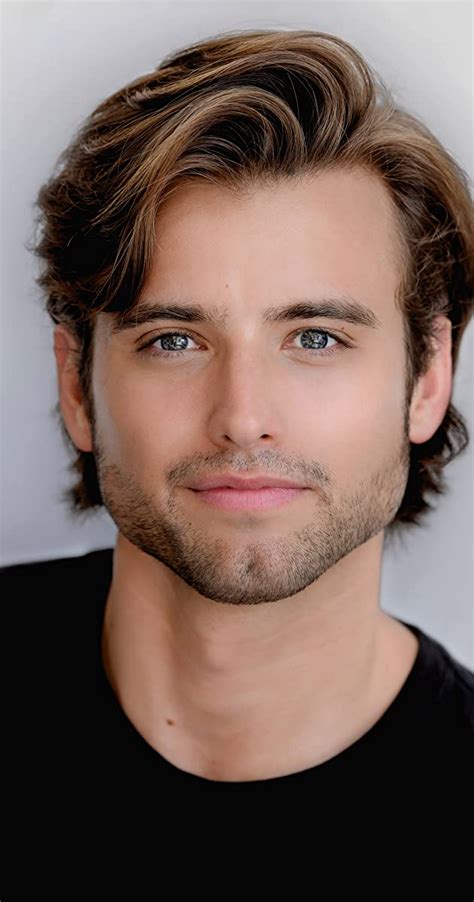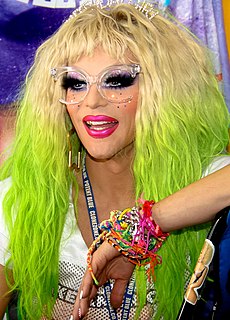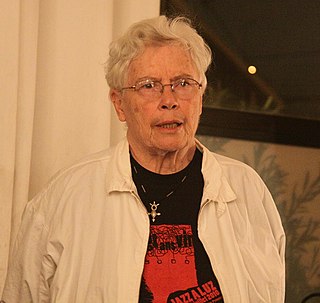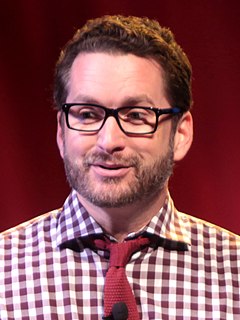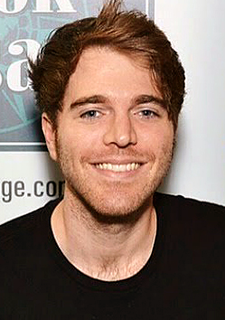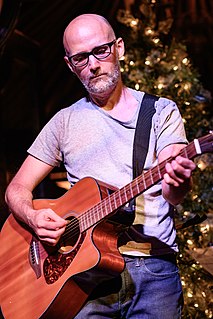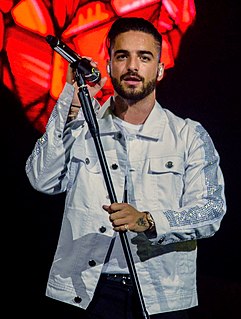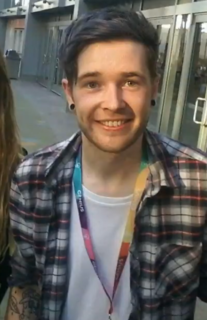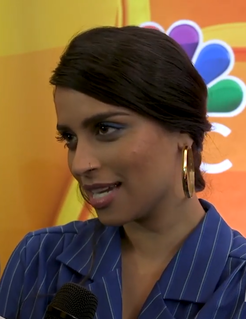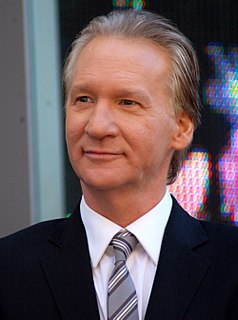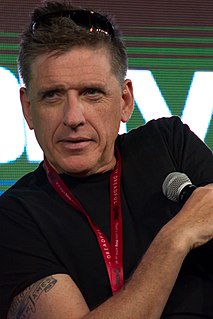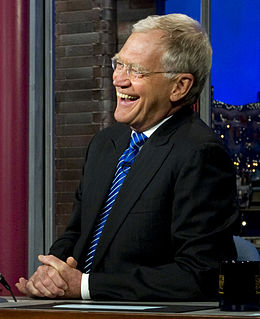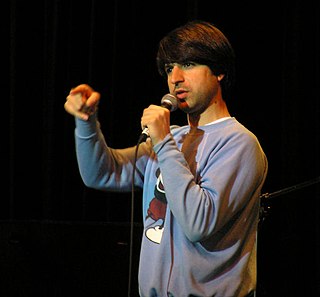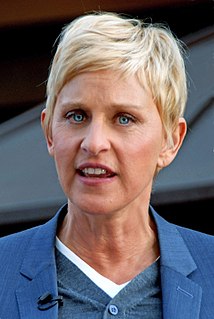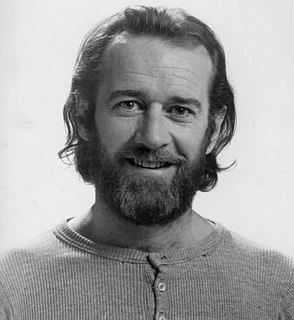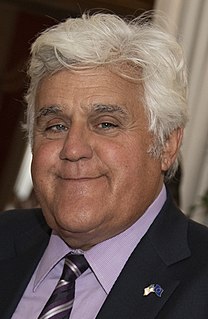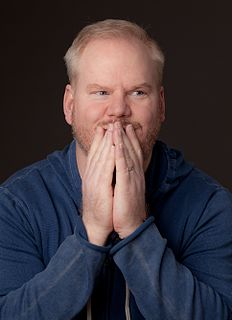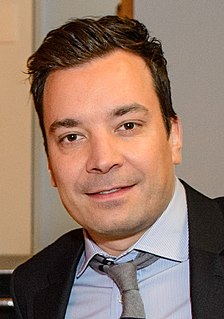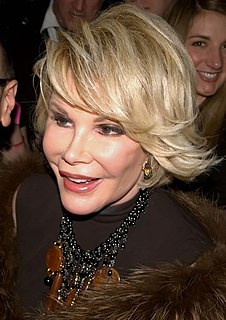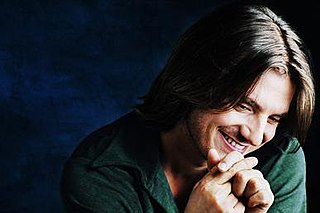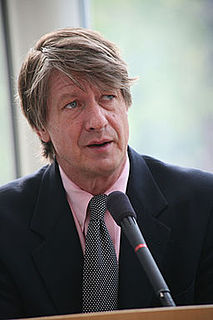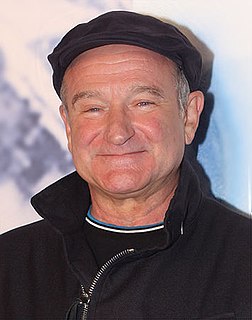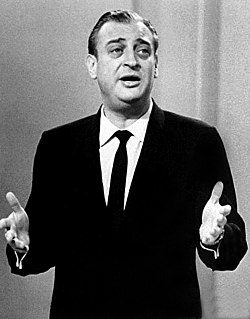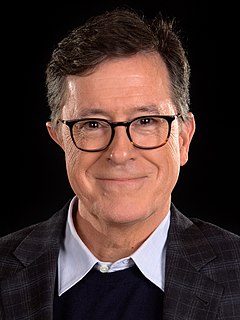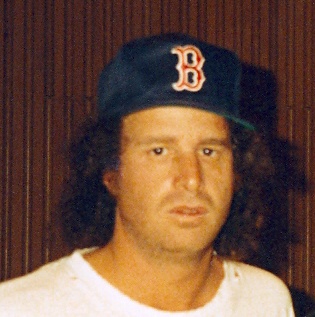A Quote by Ryan Higa
I actually started making videos in 2004, before YouTube, using a VHS camcorder, but had to take the tape with a cassette to friends' homes so that they could see it.
Related Quotes
There was a long stretch of time where I was making these videos, and everyone just thought I was a weirdo because I was making videos in my apartment instead of, like, going out, you know. And so I, like, it's hilarious now because everyone gets YouTube now. But, you know, in 2006, when I started making videos, like, no.
We started about three years before YouTube existed, so we had to host all the videos on our own servers at a co-location facility. When we got so many hits on our first few videos, and we estimated our bandwidth bill was going to be about $12,000 a month, we knew that we had to establish a business model ASAP.
I had invented my own system, my own way of making electronic music at the San Francisco Tape Music Centre, and I was using what is now referred to as a classical electronic music studio, consisting of tube oscillators and patch bays. There were no mixers or synthesizers. So I managed to figure out how to make the oscillators sing. I used a tape delay system using two tape recorders and stringing the tape between the two tape machines and being able to configure the tracks coming back in different ways.
